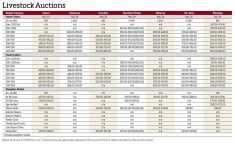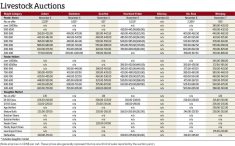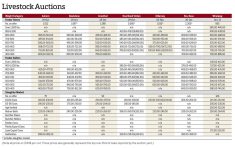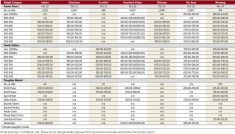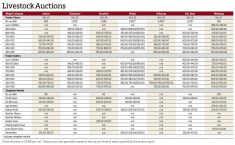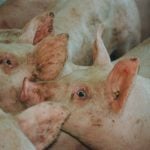After a rare week off for all eight Manitoba cattle auction sites, three returned with sales during the week ended Aug. 11.
Heartland Livestock Services’ sites at Brandon and Virden conducted sales on Aug. 9 and 10, respectively, while Grunthal Livestock Auction Mart also held a sale Aug. 9. In total, 583 cattle went through the rings.
Brennin Jack, manager of the Heartland auction site at Virden, said the current market for yearlings was strong at his sale.
Read Also
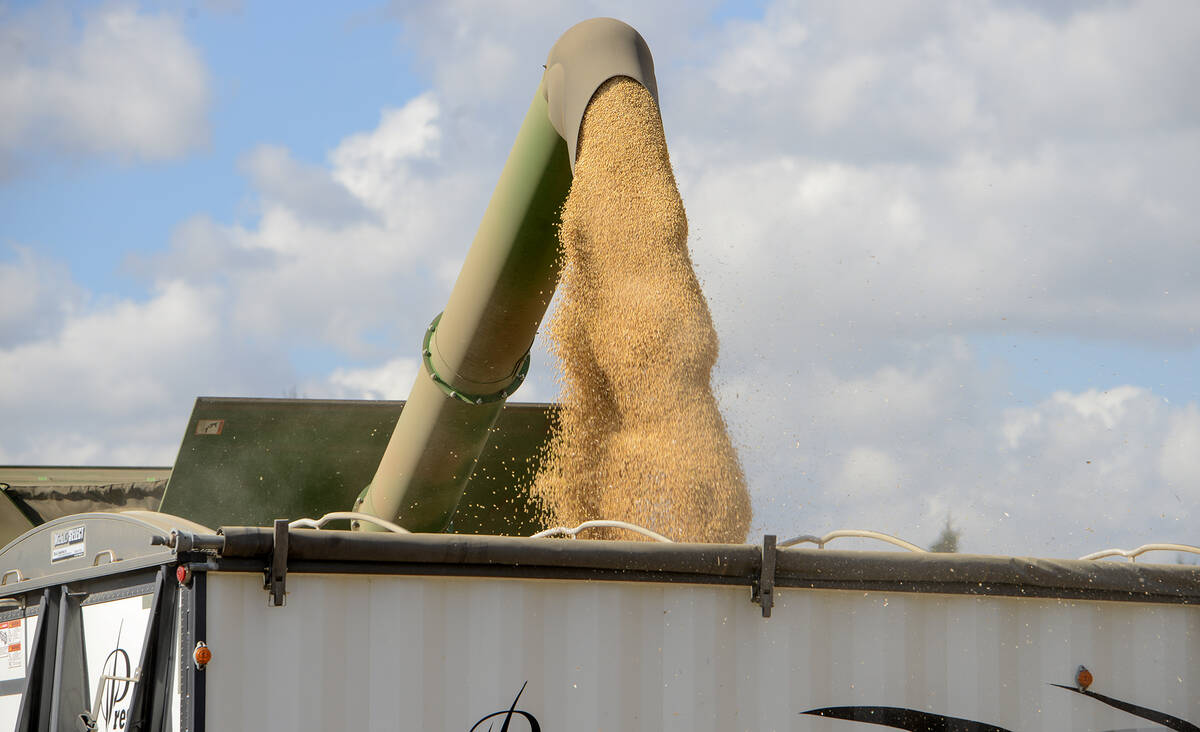
Grain markets hungry for U.S. data
The U.S. government shutdown meant that futures markets were left without robust grain supply information
“We’ve seen some 620-lb. yearling steers at $2.58/lb. We’ve seen some 900-lb. steers top out at $2.19/lb. We’ve seen some 930-lb. heifers at $2.02/lb.,” he said.
“There aren’t nearly as many yearlings around as there normally has been. The futures are looking pretty good in our favour and the lower cost of grain is certainly affecting things in a positive way, as well.”
On the Chicago Mercantile Exchange, the highest-traded October live cattle contract closed at US$145.10 per hundredweight on Aug. 11, but not before reaching its highest price ($145.475/cwt.) since April 20. Meanwhile, the October feeder cattle contract closed at $184.60/cwt., three days after hitting $186.25, a price level unseen since Feb. 25.
With slaughter cow prices reaching seven-year highs in Western Canada at the end of July, strong prices were still apparent at the Virden site, according to Jack.
“They may have been a touch higher in spots (with) good butcher cows from C$99 to $110/cwt., which for this time of year, we would normally start to see cows come back in price,” he said. “I think we’re going to see a little less of them here in the next month or two. So I think the cow market might stay strong longer than (it has been) historically.”
Jack added that he has seen a bumper crop of hay in the Virden area, “three to five times more” than last year, but later-seeded crops may need a bit more rain. Cattle are not staying local, but are going to Alberta, Ontario and the U.S.
“There are less yearlings to go around, feeders definitely have a lower cost of gain and (we have) a higher futures market with things certainly trending to go higher,” Jack said when asked about the reasons for cattle going elsewhere.
“I think we’ll see the yearling market become very, very strong as we go into fall.”




